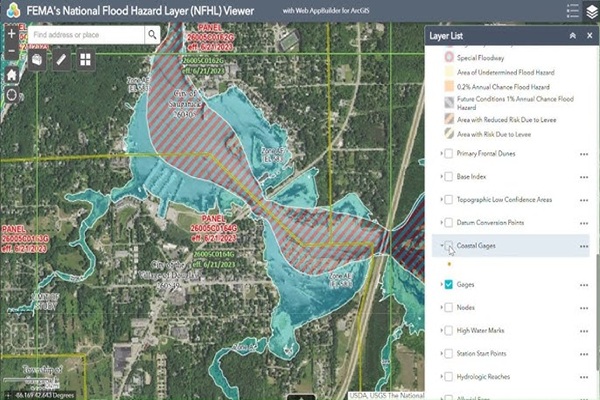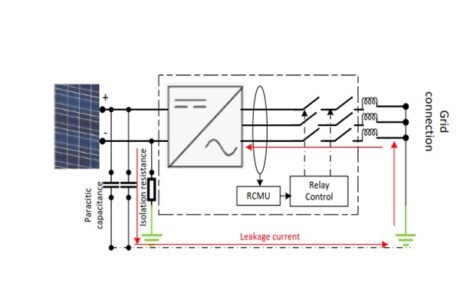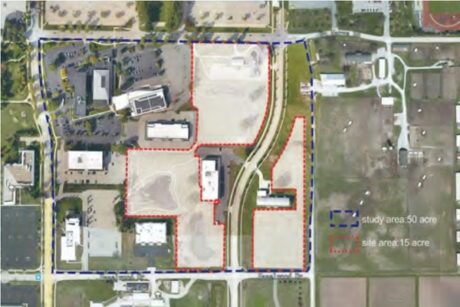- Course No E – 3018
- PDH Units: 5
No data found for Custom Course Number
No data found for Custom Course Units
- Course No E – 3018
- PDH Units: 5
Intended Audience: for civil engineers, urban planners, landscape architects, and sustainability professionals interested in innovative rainwater management strategies.
PDH UNITS: 5
Managing stormwater effectively is essential for sustainable site development and flood prevention. The National Stormwater Calculator (SWC) is a powerful web-based tool developed by the U.S. Environmental Protection Agency (EPA) that estimates runoff, retention, and low-impact development (LID) performance for any location in the U.S. This course provides a step-by-step guide to using the SWC, participants will learn how to assess hydrological conditions, incorporate climate projections, and apply LID controls to enhance site resilience. Whether you are an engineer, planner, or property developer, this course will empower you to make data-driven decisions in stormwater management. Course Outline Introduction to the National Stormwater Calculator (SWC)
- Purpose and capabilities
- Key updates in Version 3.4.0
- Location and climate data
- Soil type and drainage classification
- Land cover and topography considerations
- Rainfall and runoff estimation
- Evaluating pre- and post-development conditions
- Applying LID practices: rain gardens, green roofs, infiltration basins, and more
- Using future climate projections in SWC
- Evaluating site vulnerability and adaptation strategies
- Rainfall retention frequency and runoff statistics
- Comparing scenarios for decision-making
- Urban and suburban stormwater management examples
- Applying SWC insights to real-world projects
Learning Objectives
At the successful conclusion of this course, you’ll be able to identify and discuss:- Understand the key features and applications of the National Stormwater Calculator.
- Learn how to input site-specific data to generate accurate runoff estimates.
- Analyze the impact of land cover, soil type, and drainage on stormwater behavior.
- Apply Low Impact Development (LID) practices using the calculator’s modeling tools.
- Incorporate climate change projections to assess long-term stormwater risks.
- Interpret estimation results for capital and maintenance planning.
- Compare pre-development, post-development, and LID-optimized scenarios.
- Use SWC-generated insights to support stormwater management strategies.
- Gain hands-on experience applying the tool in urban and rural contexts.
Once completed, your order and certificate of completion will be available in your profile when you’re logged in to the site.
Ethics Courses

E – 1322 – Indiana Statutes and Rules Applicable to the Practice of Professional Engineeringby Mark P. Rossow, PhD, P.E.

E – 1814 World Trade Center- Engineering Ethical Issues in the Design, Construction, and the Investigation of Its Collapseby Dr. Abolhassan Astaneh-Asl, Professor Emeritus. Ph.D., PE










